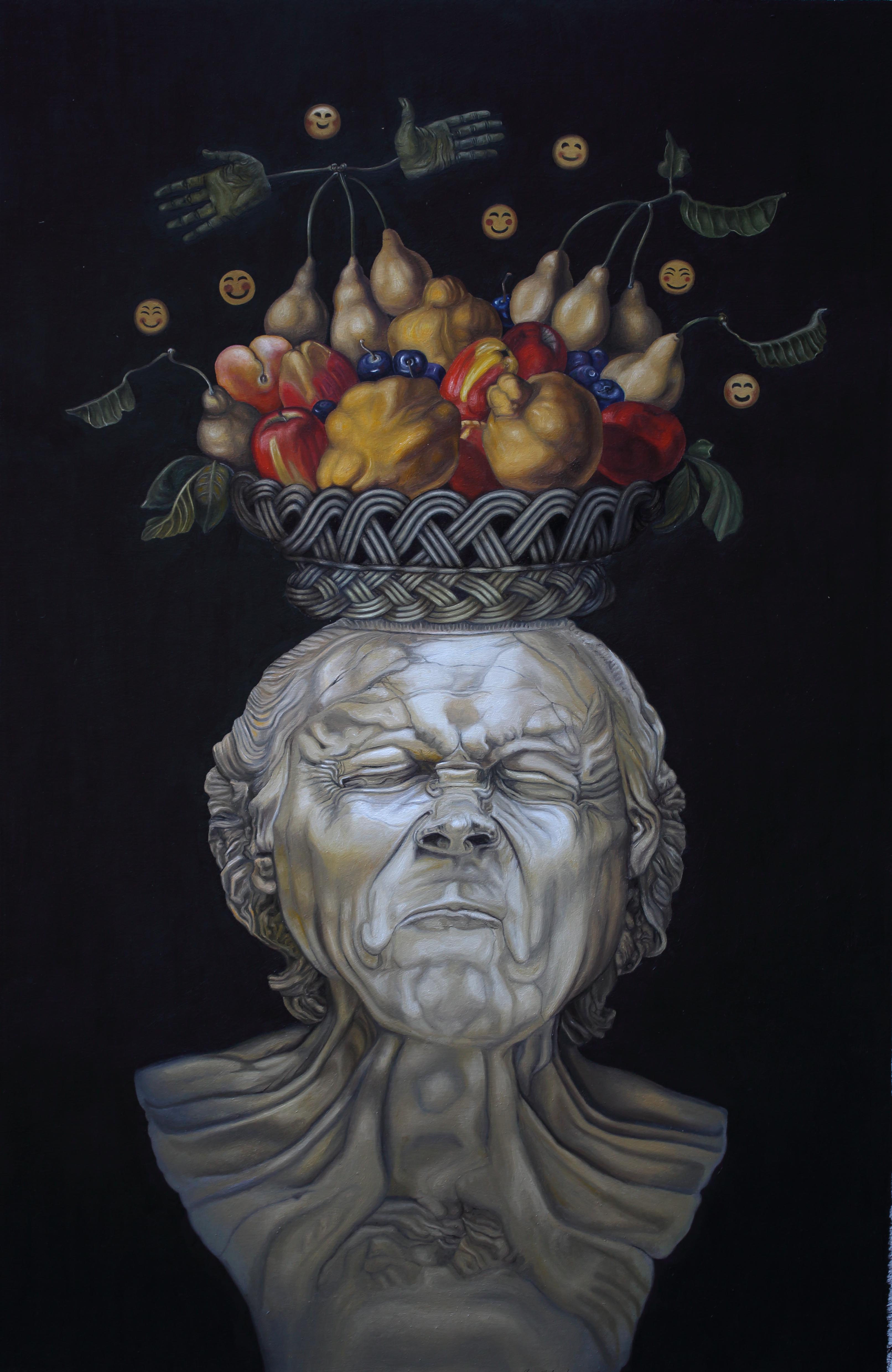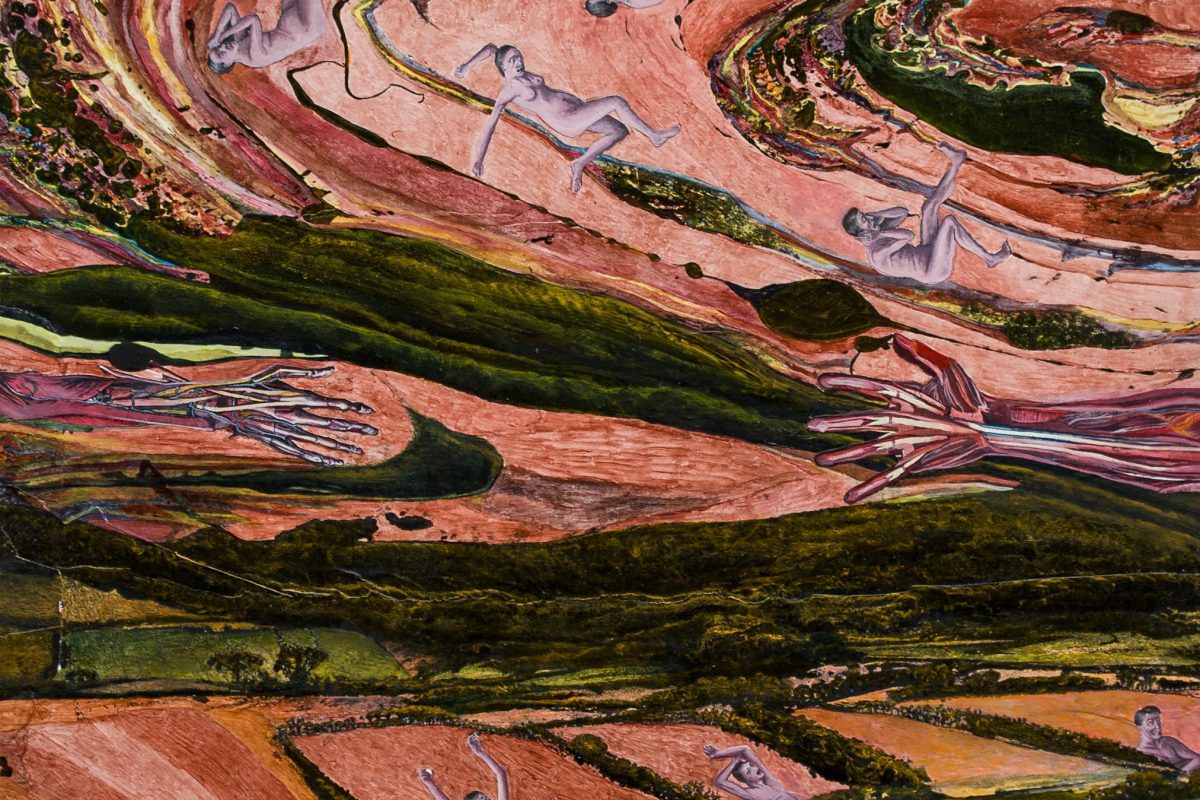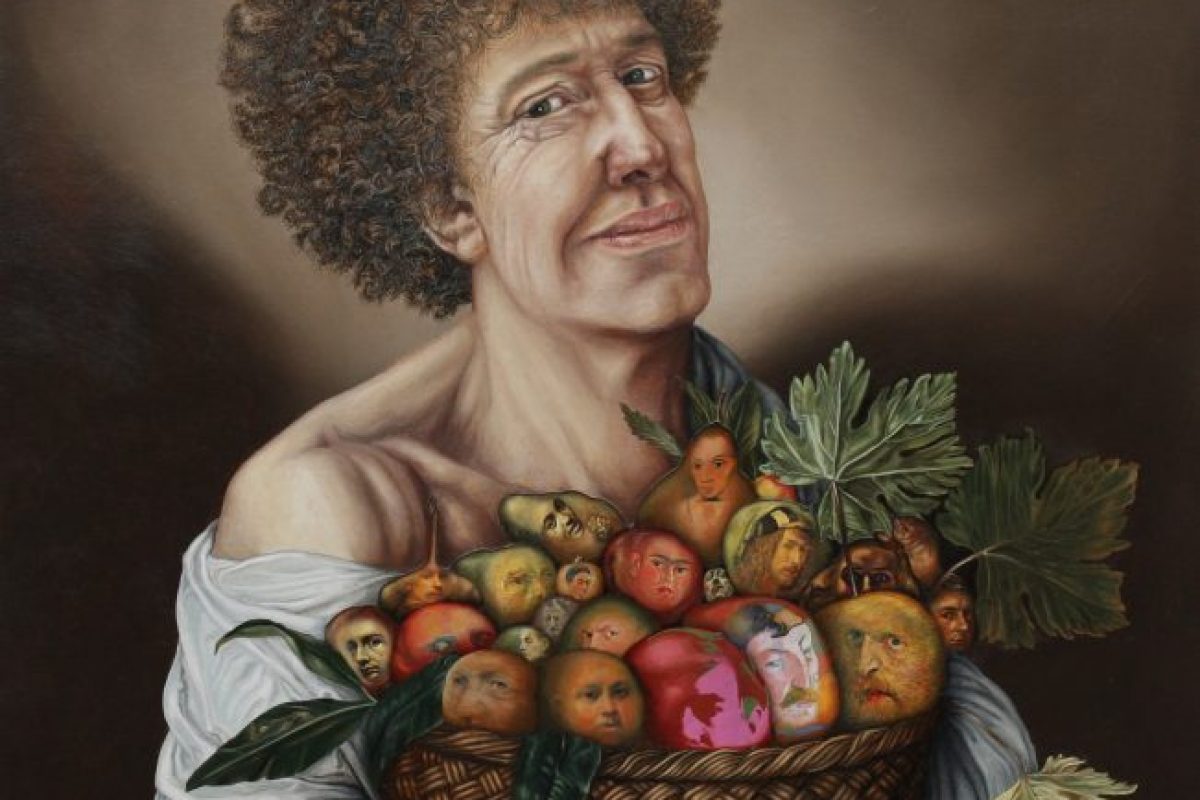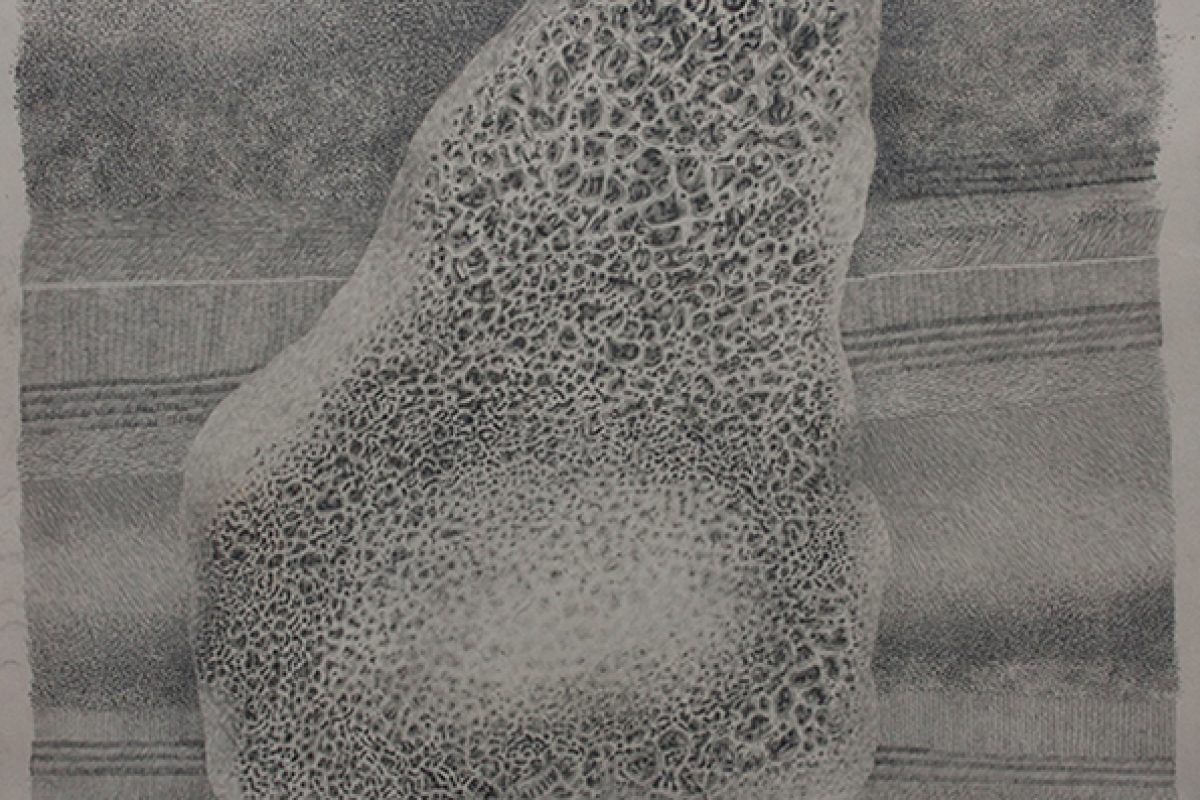This website represents work completed by Alan Salisbury over the last thirty years of his career as a painter
Four distinct sections are indicated in the galleries below and although the subject matter varies constant factors and similarities can be observed. There is an inclination towards detail and an intense focus on graphic clarity which is a tradition deeply routed in Northern European painting. Figuration and representation prevail throughout freezing the moment and fixing the gaze. However, the series of paintings Alan made about his daughter Anna started in 2002 marked a turn in his practice. That it is from this point that appropriation and transformation of compositions and motifs of 15th and 16th century portrait and still life painting move to centre stage. This appropriation is both celebratory and an intriguing mix of humour, eroticism and gentle irony. This focus on a post modern interpretation of the past continues to inform his practice.
ALAN SALISBURY A RETROSPECTIVE (Download PDF)

Landscape
“I think the landscapes also have a psychological topography in which the desire to escape into the ‘natural’ is undermined by the vulnerability of such ideals of refuge.”
learn more

Portraiture
“Portraiture interests me but not so much as a mere recording of an individual’s appearance. I want to give the painting several layers of meaning perhaps incorporating something about the sitters past history, their relationships, interests and obsessions.”
learn more

Still Life
“Still life is always about much more than a casual arrangement of simple ordinary objects. It is full of allegories stores and meanings. I wanted firstly to celebrate the work of those artists important in the development of this particular genre. At the same time I also wanted to try and extend and add to this in a variety of ways.”
learn more

Drawings
“ I have always considered drawing important but I normally use it as a medium in its own right. The still life drawings enabled me to concentrate on minute detail and explore the textural potential and drama that can be visualized by a simple monochrome mark on paper.”
learn more